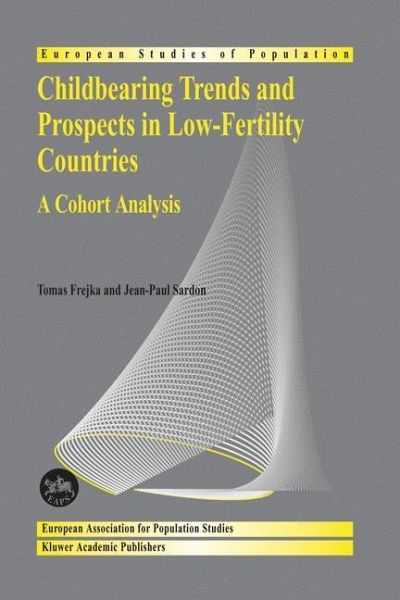
Childbearing Trends and Prospects in Low-Fertility Countries
A Cohort Analysis
Versandkostenfrei!
Versandfertig in 1-2 Wochen
115,99 €
inkl. MwSt.
Weitere Ausgaben:

PAYBACK Punkte
58 °P sammeln!
Low fertility, one of the critical issues in the contemporary world, will persist in the foreseeable future. That is arguably the principal conclusion of this book. Fundamental changes in social security and health care systems, taxation schemes, and migration policies, for instance, are inevitable, unless societies are able to institute effective measures and create favorable conditions for increasing fertility. Such are the unavoidable challenges facing European and other economically advanced countries.The present study applies the cohort analysis approach to detailed data covering over hal...
Low fertility, one of the critical issues in the contemporary world, will persist in the foreseeable future. That is arguably the principal conclusion of this book. Fundamental changes in social security and health care systems, taxation schemes, and migration policies, for instance, are inevitable, unless societies are able to institute effective measures and create favorable conditions for increasing fertility. Such are the unavoidable challenges facing European and other economically advanced countries.
The present study applies the cohort analysis approach to detailed data covering over half of the 20th century for populations of 35 countries. In distinction to most previous studies, that approach is put to use not only for elucidating past trends, but also to capture salient aspects of contemporary fertility patterns. And, beyond that, it is utilized to suggest possible near-term future trends in fertility behavior.
The present study applies the cohort analysis approach to detailed data covering over half of the 20th century for populations of 35 countries. In distinction to most previous studies, that approach is put to use not only for elucidating past trends, but also to capture salient aspects of contemporary fertility patterns. And, beyond that, it is utilized to suggest possible near-term future trends in fertility behavior.














